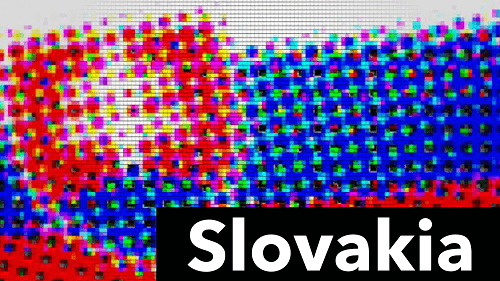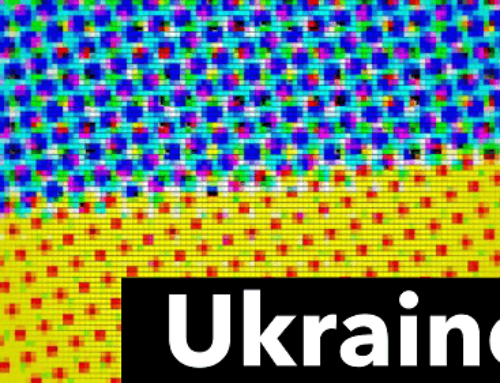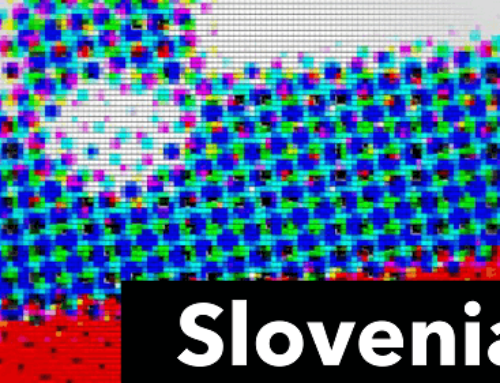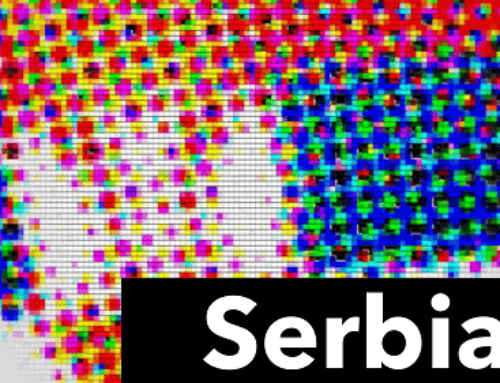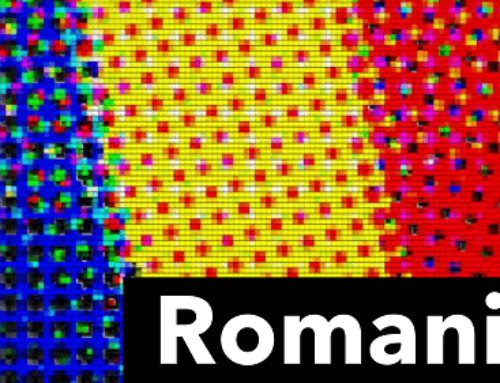Slovakia as a parliamentary republic with 5.5 million inhabitants forms the geographical center of Europe. In addition to having the highest number of palaces and castles in all of Europe, the country also offers a stable economic and political system, which will be explained in detail below.
Independent State of Slovakia
After the collapse of Austria-Hungary, the independent Republic of Czechoslovakia was established in 1918. It fell under communist rule after World War II and was renamed the Czechoslovak Socialist Republic in 1960. With the upheaval throughout the Soviet Union in the 1990s, the protests of the bourgeois opposition also followed in Czechoslovakia: they demanded the communist resignation. The result was the transition to democracy and a social market economy. In 1993 the Czech Republic and Slovakia separated, both of which proclaimed their country as an independent republic and have existed as independent states ever since. [1]
Political Conditions
The president, with a five-year term of office, is directly elected by the people and, in addition to representative functions, also has the option of dissolving Parliament. Zuzana Caputová, the first female President, has been in office since 2019. The one-chamber parliament (= National Council) consists of a total of 150 members who are elected every four years according to proportional representation. Its tasks include legislation and government control (no-confidence vote). The government, in turn, consists of the prime minister, his deputy and subordinate ministers. They are not allowed to be a member of the government and a member of the National Council at the same time. Since the general election in 2020, the Slovak government has consisted of a coalition between the Social Democratic Party (Smer), the Slovak National Party (SNS) and the Hungarian minority Most-Hid. [2]
Economic developments and international Agreements
After the transition to a market economy, Slovakia had to contend with falls in production and less developed economic sectors compared to the Czech Republic. The prospect of EU membership improved: This took place in 2004; In 2007 the Euro was introduced as the official currency. Today the unemployment rate is only 7%. The strongest sector of the Slovak economy is foreign trade, accounting for 35% of economic output. It is also remarkable that Slovakia has the highest car production per inhabitant in Europe.
In addition to the EU, the country is a member of NATO, the OSCE and the WTO. There are also close links with the members of the Visegrád Group, as Slovakia still has good relations with the neighboring Czech Republic. [3]
Christine Tapler

